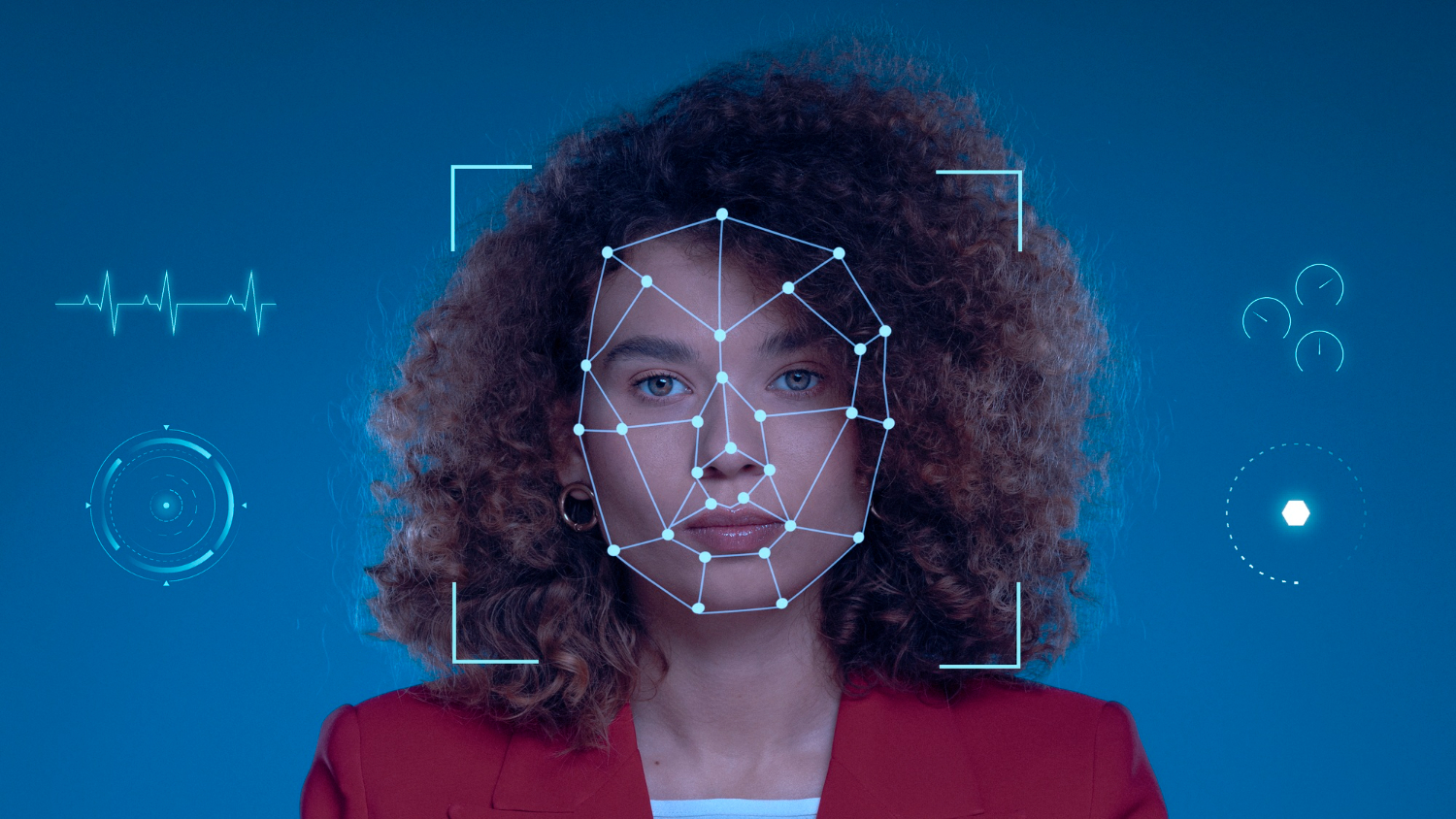Navigating the World of Image Forensics: Techniques, Tools, and Trends
As the world becomes more digitized, the prevalence of image manipulation and forgery continues to escalate at an alarming rate. In response, image forensics has emerged as a critical discipline, focused on the detection and analysis of manipulated images. In this comprehensive overview, we will delve into the dynamic world of image forensics, exploring the various techniques, tools, and trends shaping this rapidly evolving field.
Section 1: Techniques and Approaches in Image Forensics
In the realm of image forensics, there are diverse techniques and approaches utilized, each specifically tailored to address various types of image manipulation and forgery. Passive techniques, for instance, analyze images without relying on embedded information or watermarks. Key passive techniques include Error Level Analysis (ELA), Local Binary Patterns Histograms (LBPH), and copy-move detection. However, despite their many benefits, passive techniques are not without limitations.
On the other hand, active techniques rely on embedded information or watermarks to detect manipulation. Key active techniques include digital watermarking and steganalysis, both of which have their own benefits and limitations. By understanding the intricacies of these techniques, image forensics practitioners can employ the most suitable approach for each unique case.
Section 2: Tools of the Trade

In addition to the techniques and approaches utilized in image forensics, there are also numerous tools and software available to streamline the detection and analysis of manipulated images. Popular standalone tools, such as JPEGSnoop, Forensically, and FotoForensics, offer a range of features and capabilities for detecting various types of image manipulation. Conversely, integrated forensic platforms, such as Amped FIVE and X-Ways Forensics, provide a comprehensive suite of forensic tools and capabilities, making them indispensable in professional forensic investigations.
Section 3: Emerging Trends and Future Directions
As technology continues to evolve, image forensics must continually adapt and evolve to counter increasingly sophisticated image manipulation methods. The rise of deep fakes and AI-generated images, for instance, poses a significant threat to traditional image forensics methods. Addressing these emerging trends requires the development of new techniques and tools specifically designed to combat deep fakes and AI-generated images.
In addition, the integration of artificial intelligence and machine learning has the potential to enhance image forensics techniques, automating the detection and analysis of manipulated images. Moreover, image forensics is expanding into video and social media analysis, presenting unique challenges and opportunities for practitioners. As such, the development of new techniques and tools tailored to address the unique demands of video and social media analysis will be critical.
Conclusion
The field of image forensics plays an essential role in safeguarding the authenticity and trustworthiness of digital content. By staying ahead of emerging trends and embracing innovative tools and techniques, image forensics practitioners can effectively combat the growing threat of image forgery in our digital world. As technology continues to advance, the ongoing development and refinement of image forensics methods will be critical in preserving the integrity of digital content and securing our digital landscape for future generations.